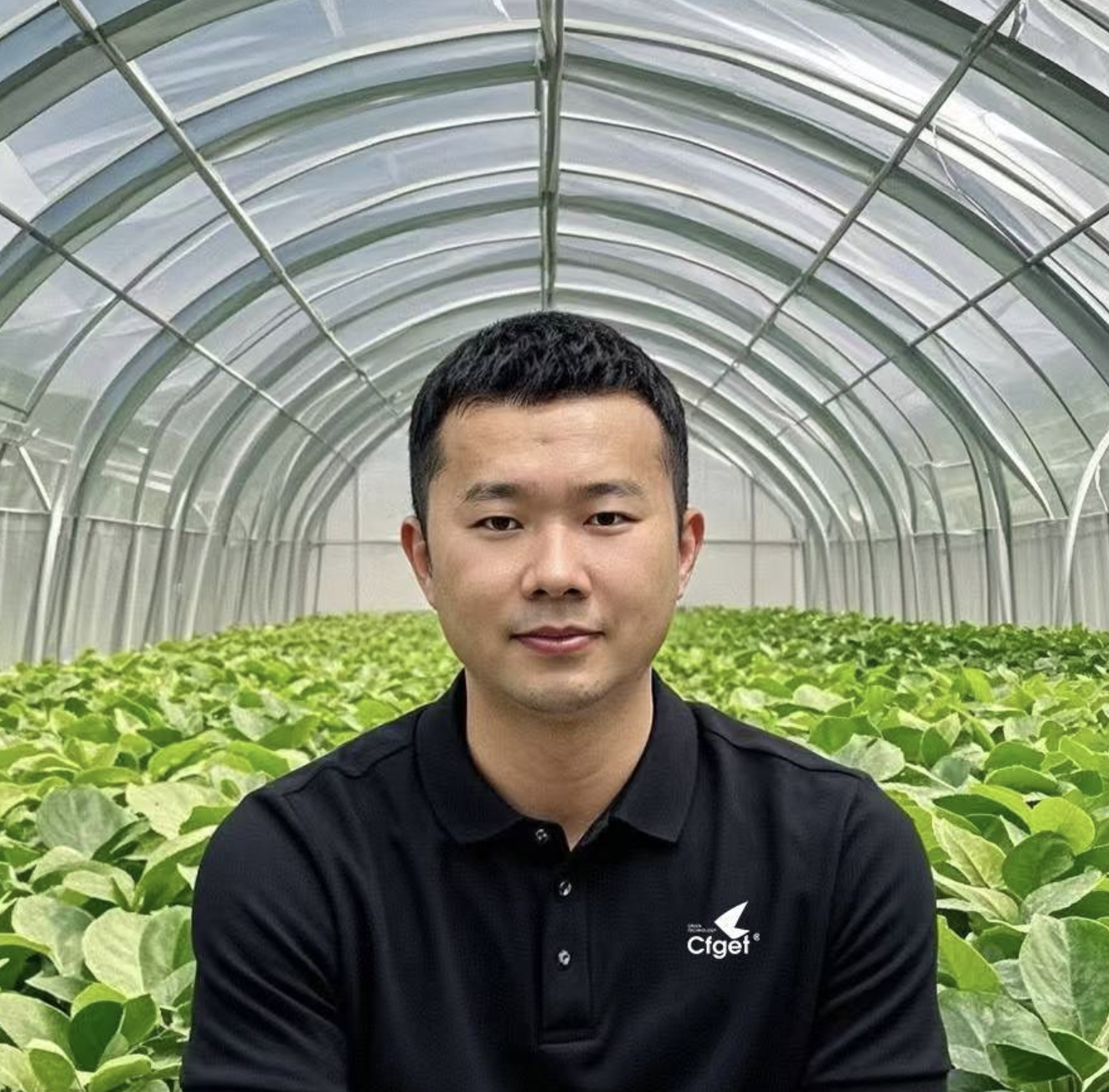Have you ever wondered how modern greenhouses are able to maintain perfect growing conditions year-round? With the rise of technology, automated systems paired with sensors are revolutionizing the way greenhouses operate. These systems monitor and control crucial environmental factors like temperature, humidity, and light, ensuring optimal conditions for plant growth. In this article, we’ll explore how automation and sensor systems work in greenhouses and why they’re game-changers for agriculture.

What Are Greenhouse Automation Systems?
A greenhouse automation system is an integrated technological solution designed to monitor and adjust environmental factors inside the greenhouse. This ensures that plants receive ideal growing conditions at all times, regardless of external weather. These systems typically consist of sensors, controllers, actuators, and software, all working together to analyze data and make real-time adjustments.
With the help of automation, greenhouse management becomes more precise and efficient, reducing the need for manual labor while maximizing plant health and productivity.
How Do Sensor Systems Benefit Greenhouse Management?
Sensors play a critical role in greenhouse automation by providing real-time data on various environmental parameters. The most common types of sensors used in greenhouses include:
l Temperature Sensors: These sensors continuously monitor the internal temperature of the greenhouse. Maintaining a consistent temperature is essential for plant growth, especially for sensitive crops. If the temperature rises or falls outside the optimal range, the system will trigger cooling or heating mechanisms to bring it back within the desired limits.
l Humidity Sensors: Humidity is another vital factor for plant health. Too much moisture in the air can lead to mold or fungal diseases, while too little can stress the plants. Humidity sensors help maintain the ideal moisture levels by controlling irrigation systems and ventilation.
l Light Sensors: Plants need adequate light for photosynthesis, and light sensors ensure they get just the right amount. These sensors monitor light intensity and adjust artificial lighting accordingly, ensuring that plants receive consistent light levels, especially during cloudy days or in regions with limited sunlight.
How Does Automation Optimize These Systems?
Once data from the sensors is collected, the automation system processes it and makes real-time adjustments to the greenhouse environment. For example:
l Temperature Control: If the temperature inside the greenhouse rises above the optimal level, an automated system might open ventilation windows or activate cooling systems like fans or misting systems. Conversely, if the temperature drops too low, the system could turn on heaters or close ventilation to conserve heat.
l Humidity Regulation: Based on the humidity readings, the system can control irrigation schedules, turning on sprinklers when the air is too dry or adjusting the irrigation volume to prevent excessive moisture accumulation in the soil.
l Light Management: Light sensors allow the system to control artificial lighting based on natural light levels. When sunlight is insufficient, the system can automatically turn on supplemental lights to maintain consistent lighting conditions for plant growth.

The Role of Advanced Technology in Greenhouse Automation
Advanced technologies, such as machine learning and artificial intelligence, are further enhancing greenhouse automation. These technologies enable systems to analyze historical data, predict future environmental conditions, and optimize adjustments over time. For instance, AI can predict temperature fluctuations based on weather forecasts, adjusting greenhouse systems in advance to minimize energy use and ensure plant health.
In addition to controlling basic environmental factors, automated systems can also track plant health, detect potential issues like pest infestations, and alert farmers to any irregularities in the greenhouse environment. This proactive approach helps prevent problems before they become costly or damaging.
Greenhouse automation and sensor systems are transforming the way we grow food, making it more efficient, sustainable, and cost-effective. By controlling temperature, humidity, and light precisely, these systems ensure optimal conditions for plant growth, leading to higher yields and healthier crops. As technology continues to advance, the future of greenhouse farming looks even more promising.
Welcome to have a further discussion with us.
Email: info@cfgreenhouse.com
#GreenhouseAutomation #SensorSystems #SmartFarming #ClimateControl #SustainableAgriculture #TechInFarming
Post time: Dec-30-2024






 Click to Chat
Click to Chat